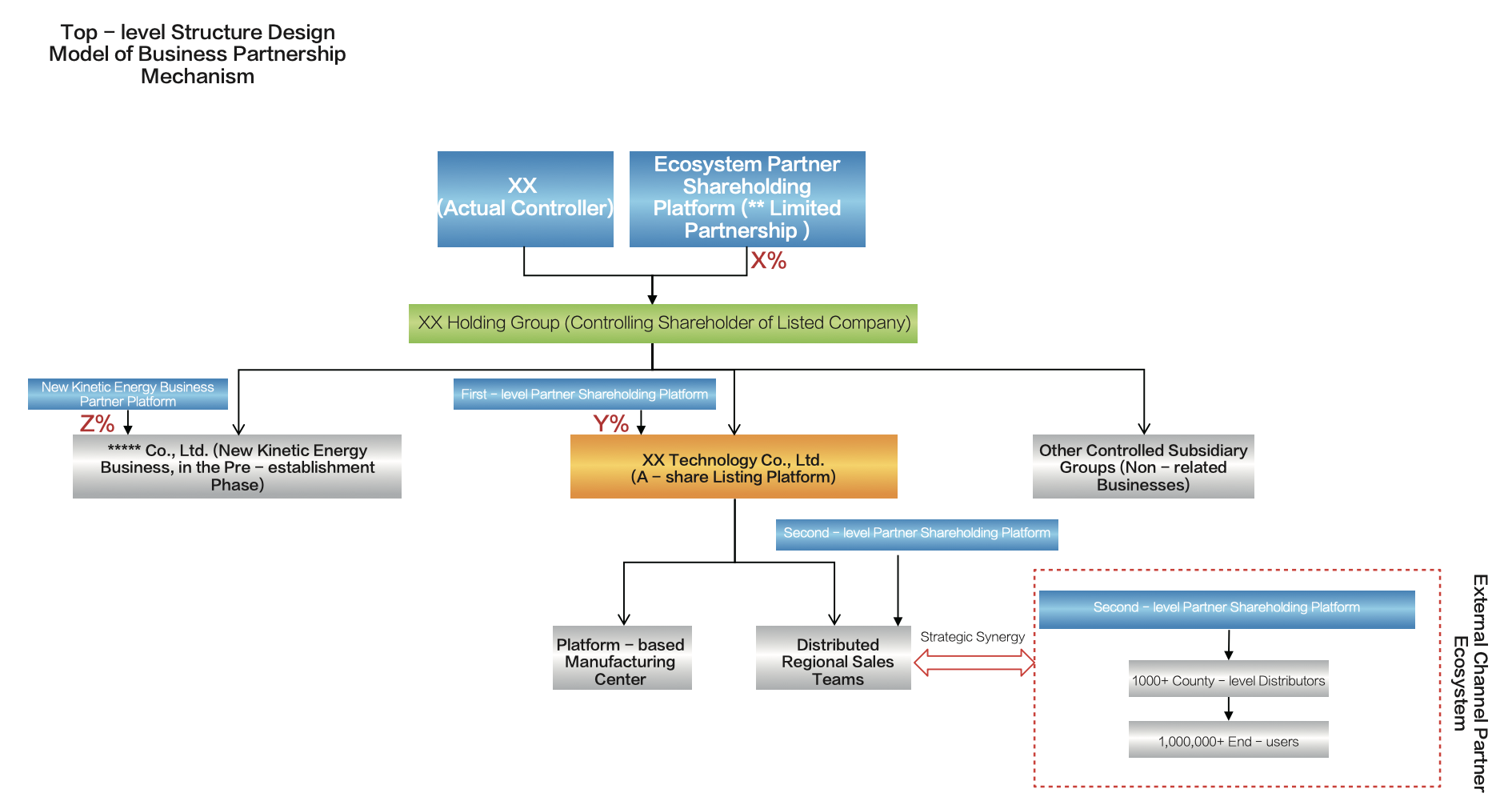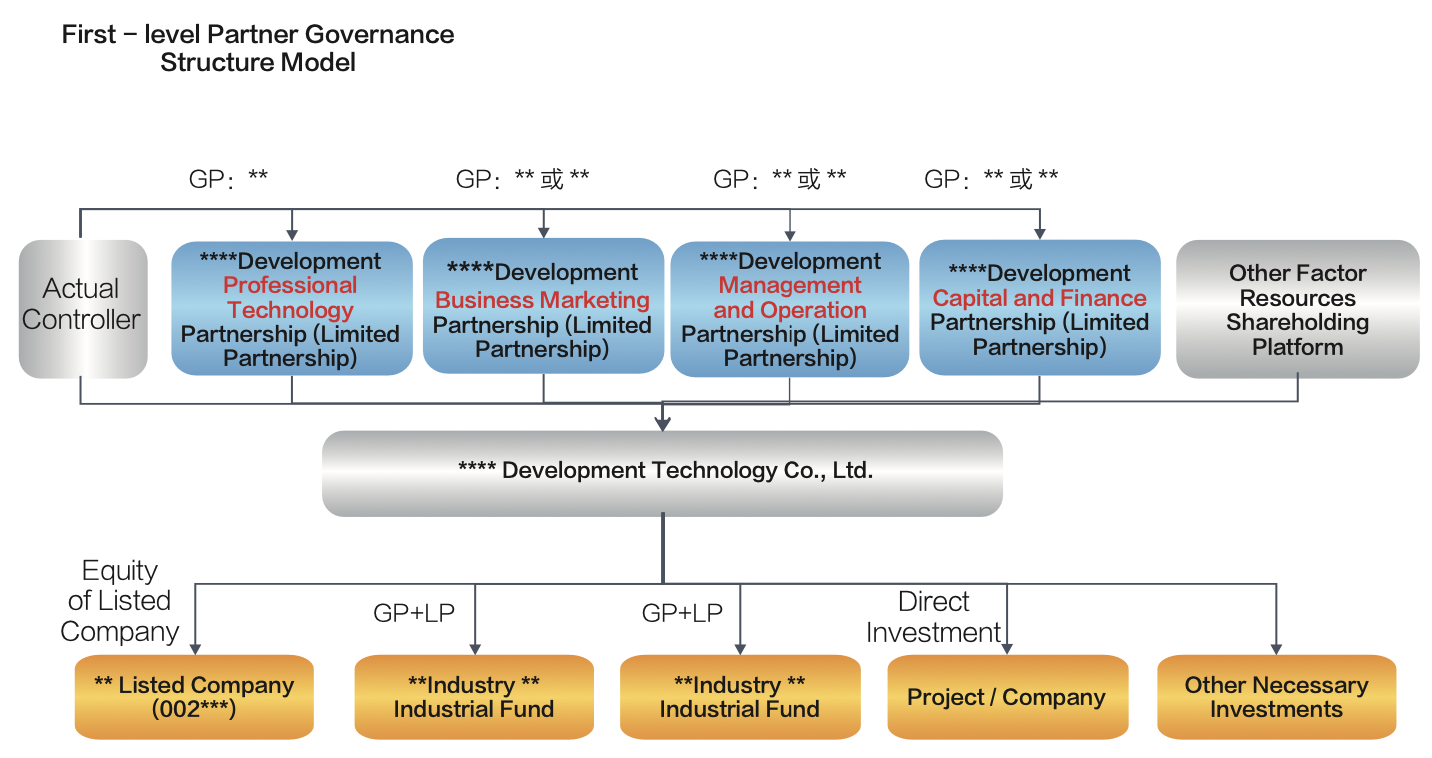What is the Business Partnership Mechanism?
Ō¢Č The Business Partnership Mechanism is:
• Neither equity incentives
• Nor traditional resource integration
• Nor simple profit-sharing
It is a
collaborative synergy framework built on:
• Decentralization
• Altruism philosophy
• Long-tail effect principles
This mechanism aligns
capital providers, technologists, and intellectual contributors through:
Ō£ō Co-creation of value
Ō£ō Shared risk-taking
Ō£ō Mutual benefit realization
All stakeholders obtain their desired value within the partnership structure, fueling collective ambition as the driving force.
Ō¢Č Core Principles:
1. Must be growth-driven (incremental value sharing)
2. Implemented through three key tools:
o
Profit-sharing without control dilution
o Multi-tier partnership structure
o Dynamic equity mechanism
3. Transforms individual entrepreneurship into collective endeavor
Ō¢Č China Stone's 32-Character Partnership Manifesto:
ŌŚå Shared vision, altruistic momentum
ŌŚå Joint creation, growth-based sharing
ŌŚå Mutual empowerment, autonomous synergy
ŌŚå Value accounting, dynamic participation
How Can the Business Partnership Mechanism and Industrial Ecosystem Development Help Enterprises Solve Problems?
Ō¢Č The Business Partnership Mechanism Enables Seven Critical Transformations for Enterprises:
1. From relying solely on the boss to building a
high-performance team
2. From independent
operations to collaborative alliances
3. From
fragmented individual capabilities to synergistic multiplication (1+1+1=111 effect)
4. From
employees becoming
co-owners
5. From
professional managers (employees) turning into entrepreneurs
6. From a
profit-sharing community to a
mission-driven community and ultimately a shared-destiny collective
7. From being passive passengers to becoming
self-driven achievers
Ō¢Č Through the Business Partnership Mechanism, enterprises can:
•
Build an industrial ecosystem to enhance competitive advantage
•
ntegrate critical resources across the value chain
•
Evolve their business model from:
Ō£ō Selling products → Managing customer ecosystems
Ō£ō Pursuing scale → Leveraging data assets
Ō£ō Operating a company → Orchestrating an industrial ecosystem
ŌŚć Upstream Supply Chain: Transition from short-term supplier transactions to a long-term capital appreciation and shared-value partnership model, creating an integrated supply-side platform.
ŌŚć Downstream Distribution: Shift from short-term agent relationships to a demand-side integration platform based on long-term capital growth and profit-sharing partnerships.
ŌŚć Competitors: Evolve from low-level competition to coopetition (collaborative competition) that shares incremental industry opportunities.
ŌŚć Capital Resources: Move from speculative capital games to an industrial value-creation partnership model, aligning investment with long-term ecosystem growth.
ŌŚć Government Relations: Upgrade from basic policy support to mutually beneficial collaboration grounded in regional economic development logic.
ŌŚć Service Providers: Transform from fee-for-service engagements to mission-aligned partnerships that capture long-term opportunity value.
Chinastone solutions
1. Shared-Destiny Community (Tier-1 Partners) Business Partnership Mechanism Framework
Mission-Aligned Community (Tier-2 Partners) Business Partnership Mechanism Framework
Interest-Sharing Community (Tier-3 Partners) Business Partnership Mechanism Framework
2. Industrial Chain Localized Business Partnership Model Design
Supplier Business Partnership Model Design
Channel Business Partnership Model Design
Competitor Business Partnership Model Design
3. "Five-Pronged" Initiative for Local Government Industrial Clusters via Business Partnership Mechanism


